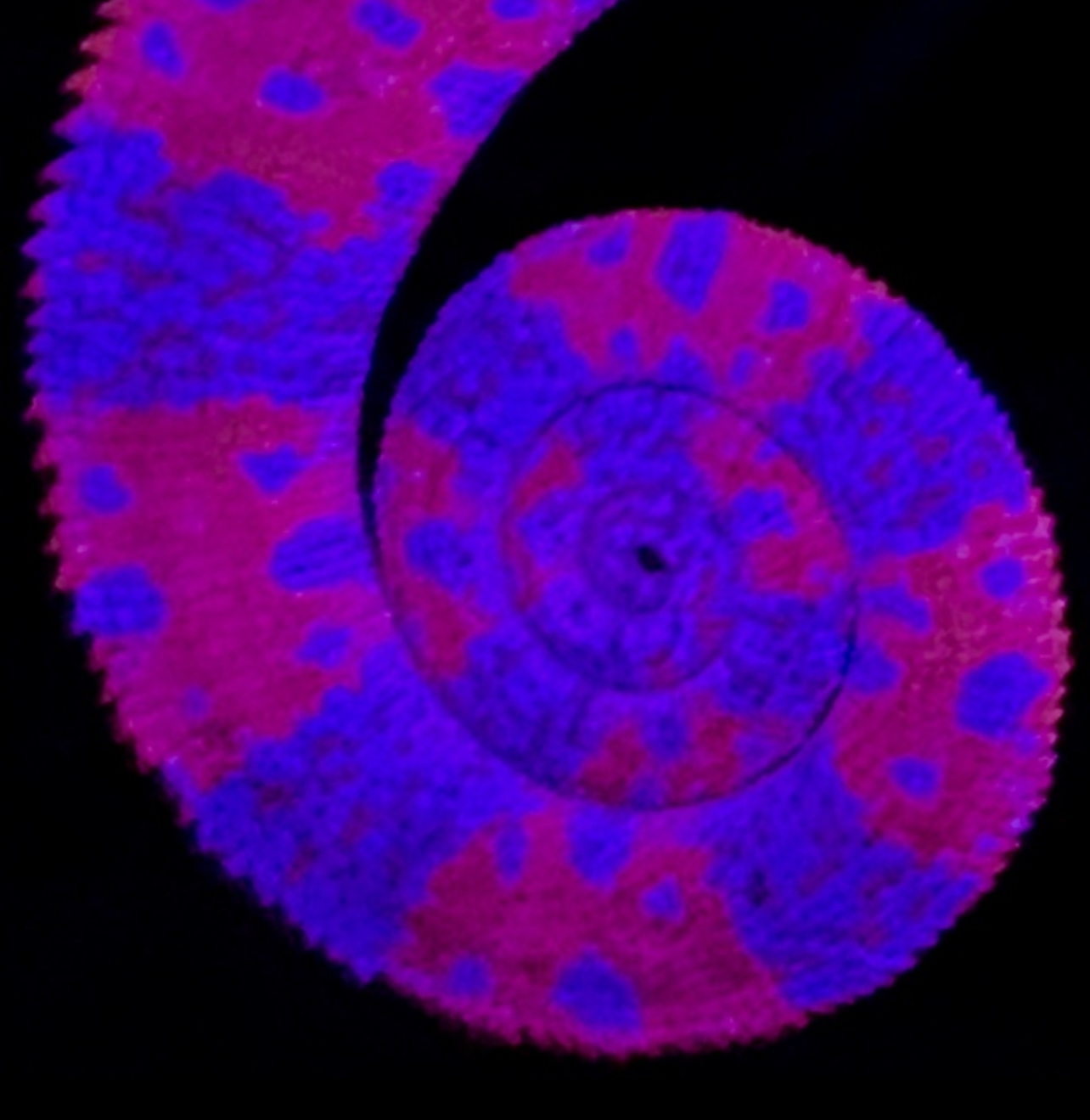Chameleons Love it Cold and Foggy at Night
Chameleons are fascinating reptiles known for their vibrant colors, unique adaptations, and complex behaviors. One crucial aspect of their care, particularly in captivity, is understanding their environmental needs. Chameleons thrive in cool and foggy conditions at night, which are essential for their health and well-being.





























